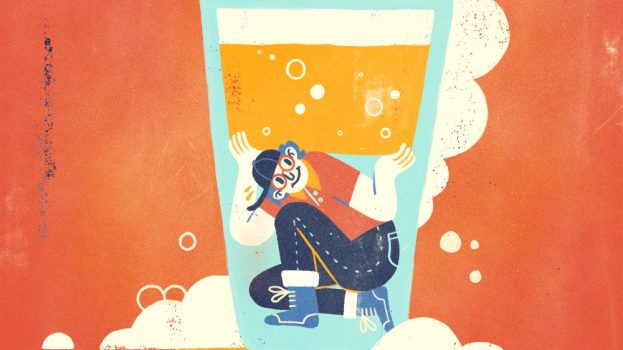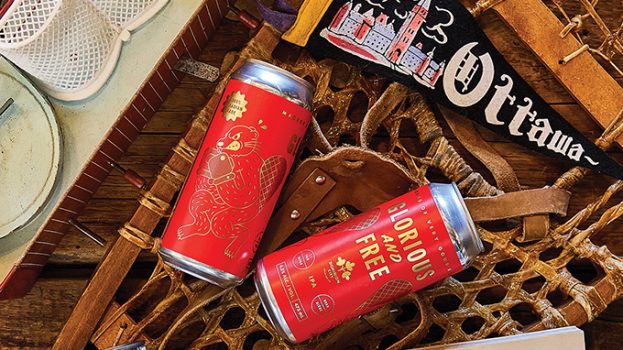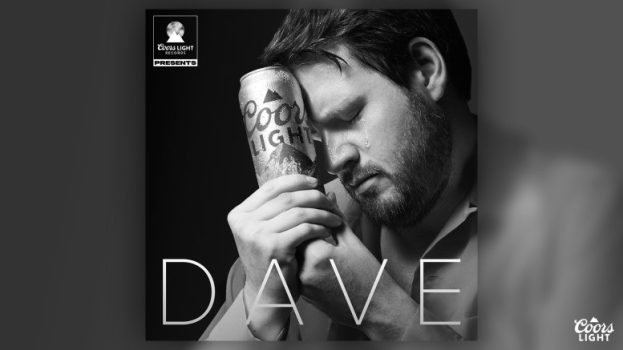
Companies have been trying to expand beyond the boundaries of traditional ads for decades, but it is increasingly about not just grabbing fractured attention spans, but making a brand’s ideals come through in new ways.
At AToMiCON 2020, Julia Cooper, manager, growth and marketing at fintech company Koho, described the company’s brand as “restoring financial balance,” during her presentation.

Speaking with strategy afterwards, Cooper (pictured, left) said that is “more of an internal guide-post” than an external one, but it still comes through in the way the brand is depicted on its website and through its overall content.
“If you take a look through our website and app, you’ll see, visually, we play with ‘balance’ a lot in our photography,” she says. On KOHO’s website, users see digitally imposed graphics with human arms holding a Koho Visa card, rich in colours, but next to written content such as “Five Money Questions with a Millennial Entrepreneur” and “5 Goals You Can and Should Crush in your 20s.”
“We talk about debt and how to manage it, how to consolidate it – but that’ll be next to a piece of content about how to treat yourself, how to save for something that you really want like a trip to Italy, or Barcelona,” Cooper says of the content balance formula. “For us, great design is a way of storytelling. We could write a piece about debt consolidation and it could be bone dry. But we really consider the design of a piece of content like that, so that even if you’re reading about something super pedantic, that it’s still a pleasing visual experience.”
For Bud Light, the strategy is continuing to lean into music and sports, seeking to curate content that will cement its positioning as an entertainment brand across all marcom opportunities – as well as dive into emerging pop culture spaces.
During her talk, Natalie Lucas, director of marketing for the light beer portfolio at Labatt Breweries of Canada, showed AToMiCON attendees its partnership with Toronto Pride as an example of weaving that story through activations, pointing to its work with artists Jordin Alexander and Carly Rae Jepsen, who performed on the Bud Light float during last year’s Pride Parade.
“That was just one way of bringing in our pride support [and] music, together. We know that there’s so many under-represented artists in the community that, ultimately, we wanted to shine a light on,” Lucas says. “It’s less about the association with an artist, and more about association with music overall.”
Bud Light has also been weighing into the esports community. Streaming platform Twitch and Anheuser-Busch InBev announced a partnership last year with a focus on the combat game, Tekken 7. The deal also included a sponsorship of Bandai Namco’s Tekken World Tour and the Bud Light Beer League, to name a few.
Lucas notes that Bud Light is “curating all these moments” and “a lot of content that is super entertaining.” She adds: “At the end of the day, hopefully, people are starting to think of [us] as an entertainment brand. It’s not just a beer brand, it’s also the brand that brings you a lot of entertainment opportunities. That was kind of the association we were trying to make.”























